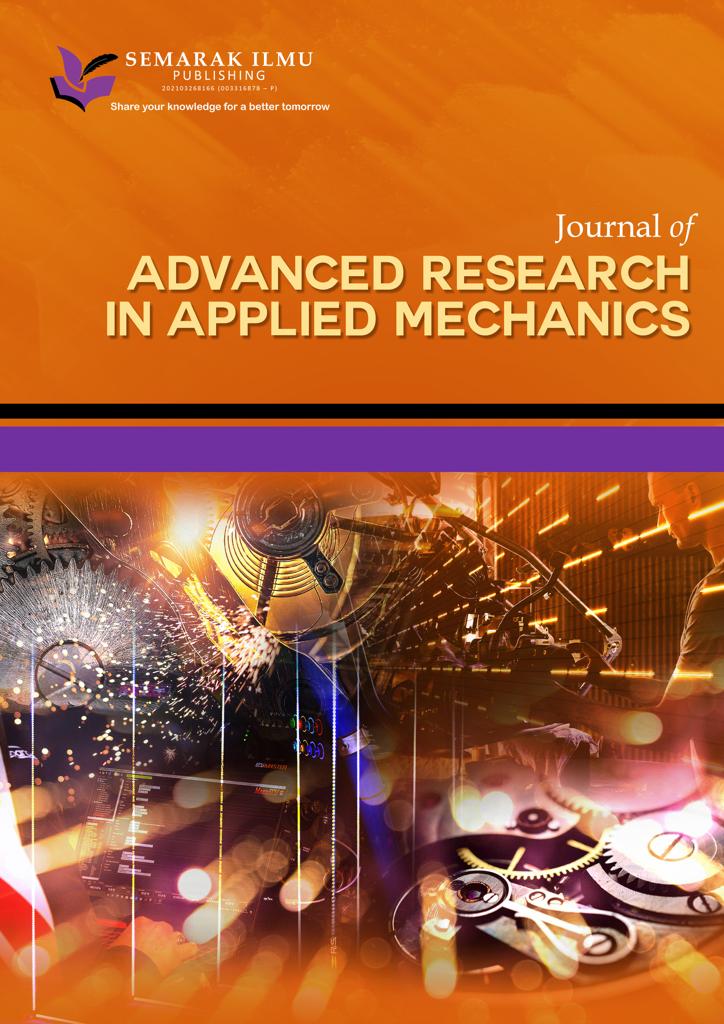Experimental Analysis of Various Implementations Quantity of Hollow Circular Fins on Solar Still Seawater Desalination
DOI:
https://doi.org/10.37934/arfmts.117.2.172191Keywords:
HCF, solar still, efficiency, productivityAbstract
This present study conducted an experimental analysis of the use of hollow circular fins (HCF) within the conventional single-slope solar still (CS4) chamber. To enhance energy absorption, the optimal HCF numbers were increased by the available chamber space. The three identical CS4 testing chambers were examined in the climatic conditions of the Sebelas Maret University Faculty of Engineering, located in Kentingan, Surakarta, Indonesia. The HCF absorber is implemented with 176 HCF, 176 HCF, and 216 HCF within the chamber space. The findings indicate that there is a direct correlation between the increased HCF numbers and both productivity and efficiency. The efficiency for 117 HCF, 176 HCF, and 216 HCF is 27.04%, 35.20%, and 42.16% respectively. Therefore, it was determined that correlation analysis significantly contributed to the relationship between the HCF implementation and the different radiation intensities in day-to-day testing. To obtain a more comprehensive analysis, the randomized complete block design (RCBD) experiment in collaboration using least squares regression was conducted to compare the experimental production of CS4 with its predicted value.
Downloads



























